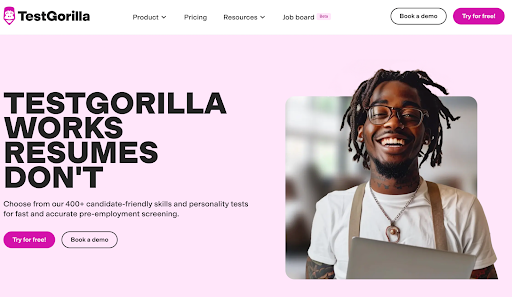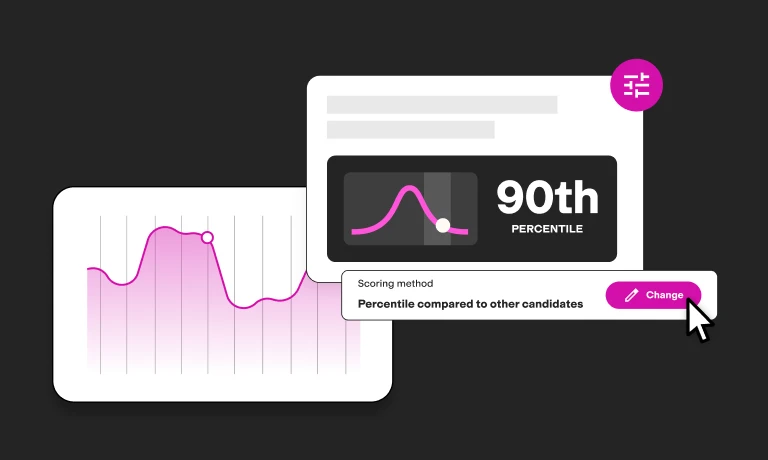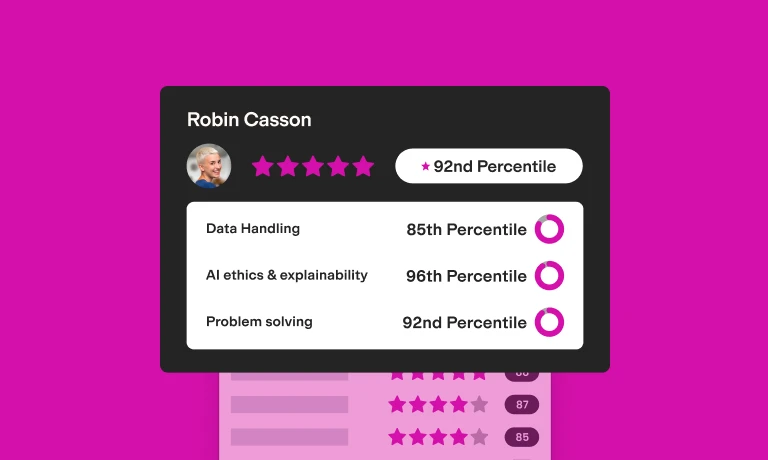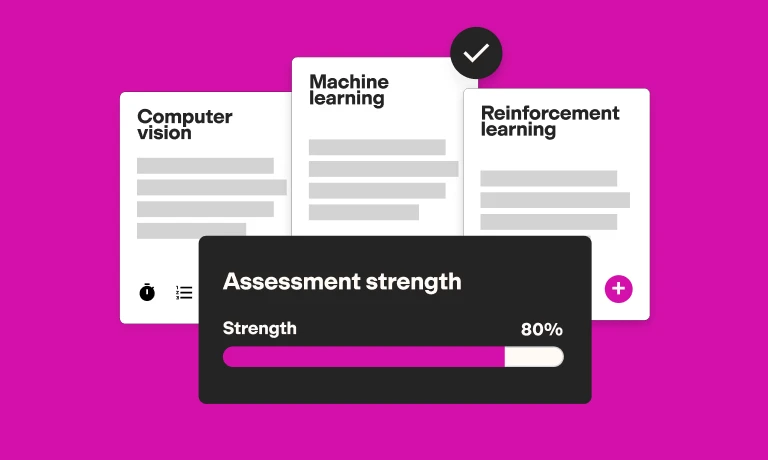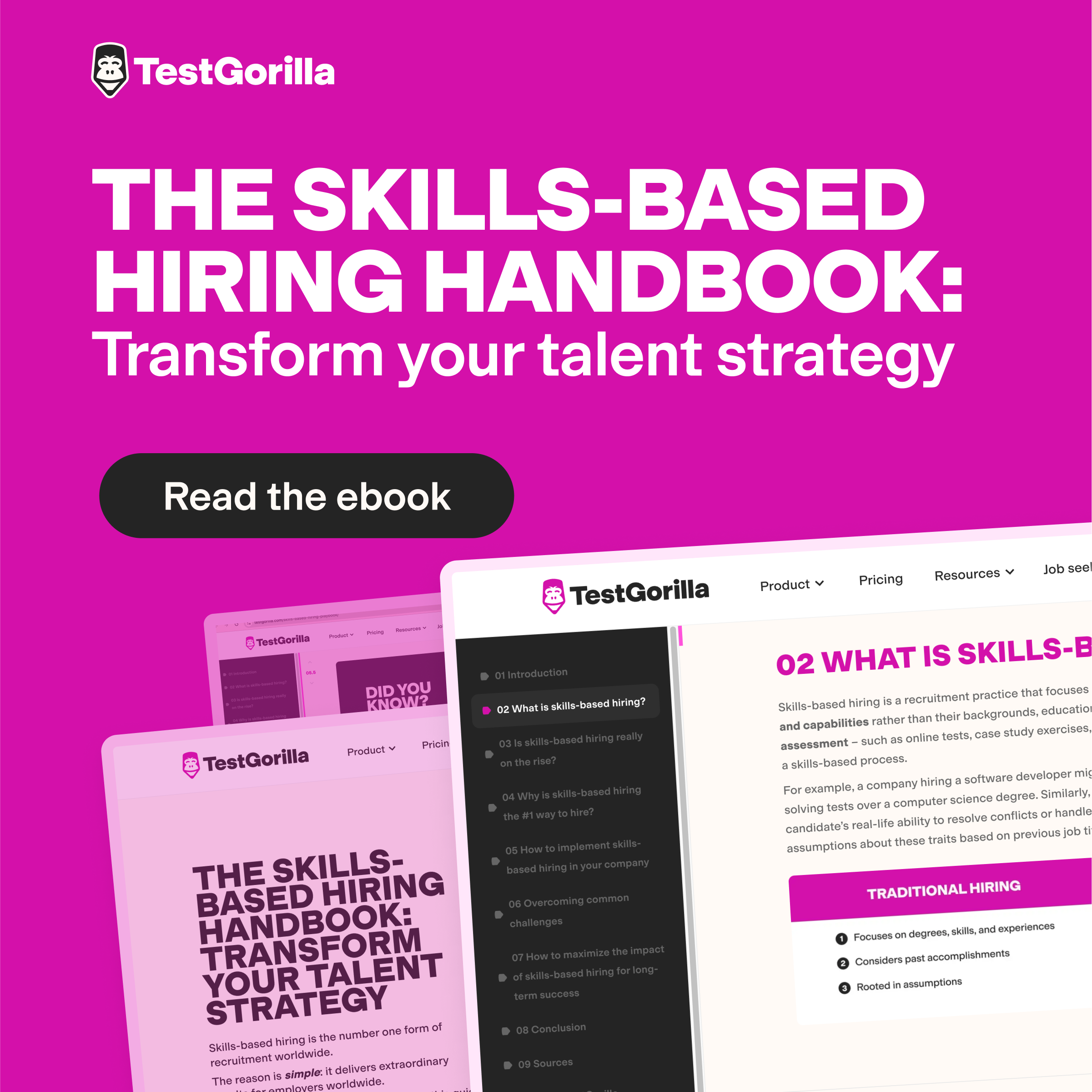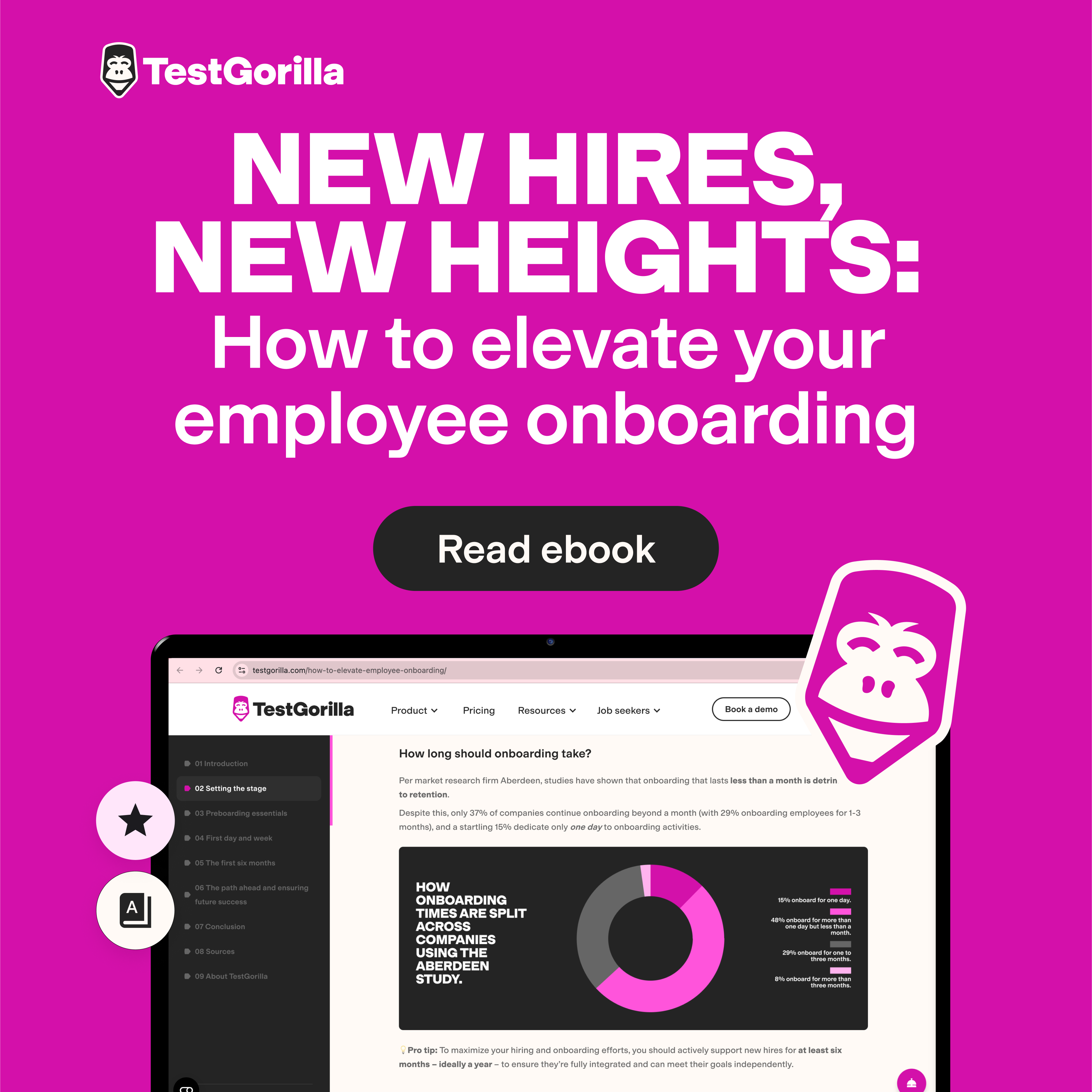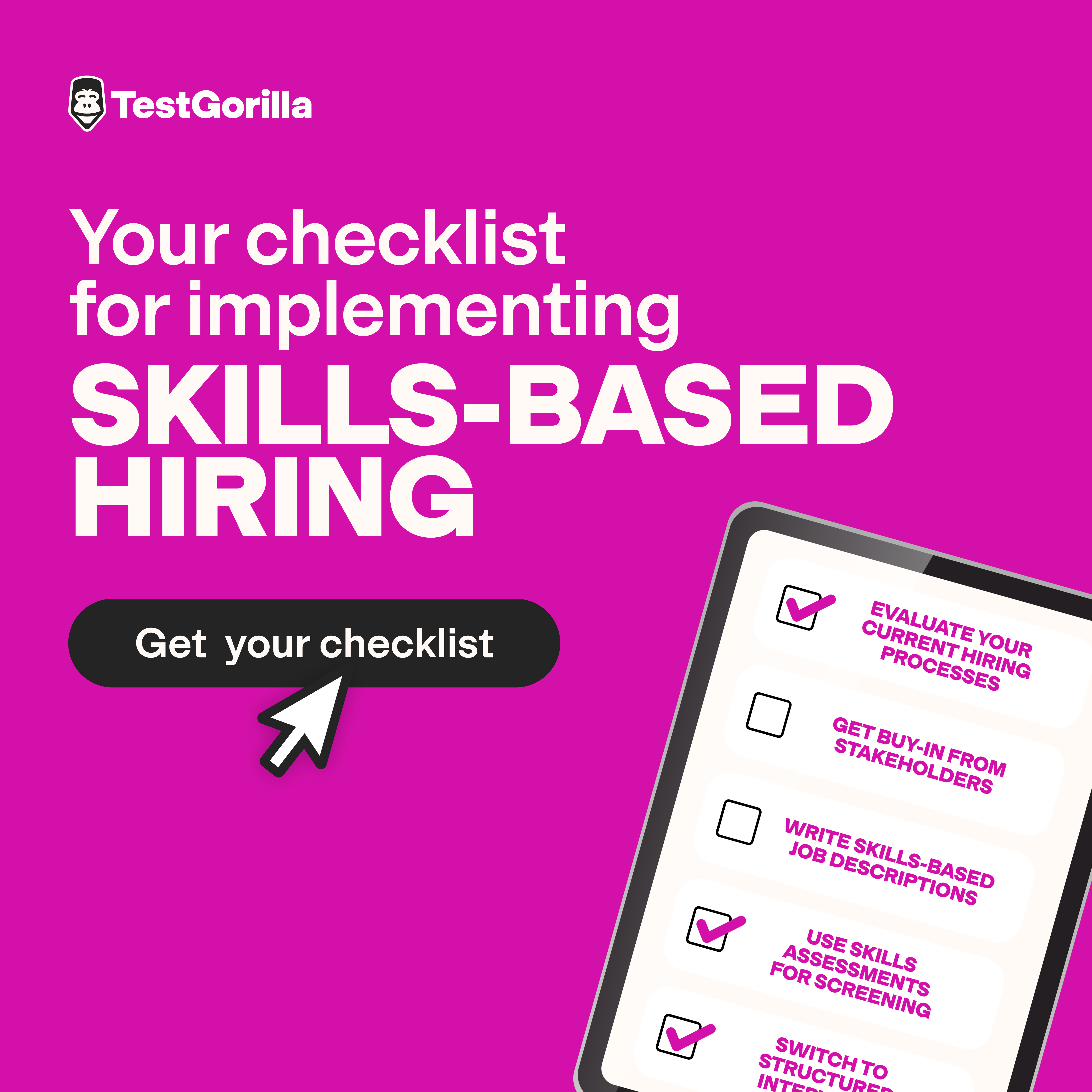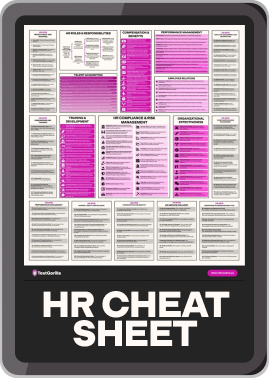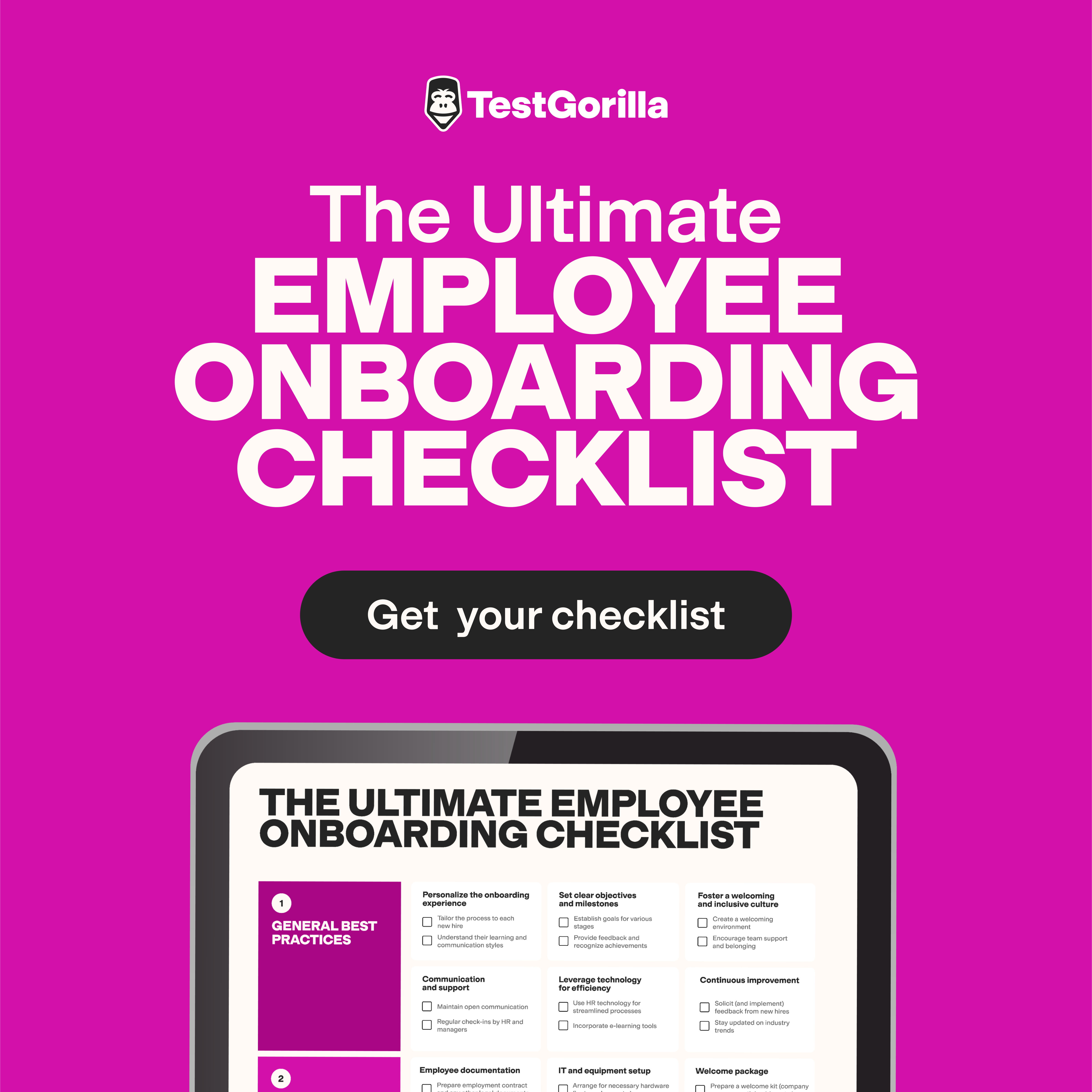How to reject a candidate after an interview without burning bridges (with templates)
Rejecting an applicant is one of the hardest parts of working in HR – and it’s even tougher on candidates. Proactive communication is key during job rejections because poor communication when rejecting unsuccessful job seekers harms your company’s reputation.
Job seekers often share negative candidate experiences, which turns off other applicants, damaging your recruiting efforts and increasing cost per hire.
On the other hand, graceful rejections enable you to part ways amicably and continue relationships with potentially great future hires.
The only issue is that knowing how to reject a candidate isn’t an innate skill. But don’t worry; our piece explores best practices for rejecting candidates after interviews without burning bridges and provides templates to help you reject interviewees politely. Let’s dive in.
How to reject a candidate after an interview: 5 best practices
You may have a number of valid reasons to reject a candidate after interviewing them, but it’s always important to take a delicate approach. Being rejected (or being ghosted) can take a toll on people’s self-worth, which is why breaking the bad news must be done respectfully.
You can master how to politely reject candidates after interviews with these best practices:
Show gratitude for their time
Give them your answer promptly
Provide constructive feedback
If there’s potential, point them to other open positions or to apply again
Ask the candidate’s feedback about the recruitment process
1. Show gratitude for their time
A candidate’s time is just as important as yours, so it’s crucial to let them know you value their effort.
In fact, some people believe that it’s more important for a hiring manager to thank the candidate than the other way around.
You want a candidate to walk away from an unsuccessful job interview on a positive note.
Thanking candidates is not only the courteous thing to do; it helps you avoid burning valuable bridges and can even improve your employer brand. If unsuccessful applicants feel that their time and effort were valued, there’s a good chance they share that experience with their circle, making your company known to more possible candidates.
2. Give them your answer promptly
Hiring managers should act fast with a job offer to ensure the right candidate isn’t snatched up by the competition. But it’s equally important to send a prompt rejection letter after interviews.
We recommend rejecting unsuccessful candidates within two to five days of the interview.
Unfortunately, as many as 60% of candidates never hear back after an interview.
Imagine all the time and effort a job seeker puts into attending an interview, including dealing with pre-interview anxiety, only never to hear back – it’s a surefire way to cast your company in a negative light to job applicants.
Oli Oldham, a recruiter, talks about a recent experience of his in this post. After two weeks of waiting after the interview, the candidate he was helping was rejected without reason. He had to push to get any feedback from the employer.
Oli says that this isn’t how an interview process should be run and that prompt responses and feedback are essential to treating candidates with respect.
3. Provide constructive feedback
Constructive interview feedback lets candidates know what they did right and where they need improvement, which they can immediately put to use in their job search.
Although providing feedback isn’t a requirement, 94% of candidates want to receive feedback after an interview, according to LinkedIn’s Hiring Statistics report. If you want to facilitate a healthy, productive talent acquisition process, you should always aim to provide this to decline an interviewee politely.
When providing feedback, remember to be fair and stick to objective facts. You could give them insights into a few of the specific questions from your structured interview that they didn’t answer well. Or you could also tell them what they did great – maybe they scored highly on a Customer Service test.
Talent assessments are perfect for this occasion because they give you objective, data-driven insight to let candidates know what areas they can improve in.
This helps them frame the rejection as a learning opportunity to bounce back from.
Sign up for free to TestGorilla and give your applicants targeted feedback to build awesome candidate relationships!
4. If there’s potential, point them to other open positions or to apply again
It can be tricky declining a candidate after an interview when they were nearly perfect, but it happens when another applicant is better suited for the role.
If you see the potential for a job seeker to join your company via another job opening, encourage them to apply in the rejection email. If you have a specific position in mind, leave the link to the job ad in the email.
Even if you don’t have any current open roles they’d be a fit for yet, you can add promising job candidates to your internal database or talent marketplace.
According to a recent study by SHRM, 83% of HR professionals struggle to find suitable talent, so it pays to hold onto valuable candidates.
Keep these candidates in mind when new positions open up and proactively reach out to them when future opportunities arise.
5. Ask for the candidate’s feedback about the recruitment process
You gave the candidate feedback for their own improvement, but what about yours?
It’s important to ask candidates what they thought of the hiring process, and we don’t think enough companies take advantage of this precious learning opportunity.
This practice enables you to build on your processes, improving weak areas and doubling down on what practices are working.
When you ask job hunters for feedback, it shows that you value their thoughts and opinions. It also lets them know that you care about the candidate experience, which can boost their opinion of your company and improve your brand image in the process.
Here are a few example questions you can ask:
“What did you think of the interview?”
“What did you think of the interviewer’s responses?”
“Is there anything you’d change about the process?”
How to reject a candidate after interview examples: 3 helpful templates
Simply telling someone they didn’t get the job is important, but your approach for how to reject a good candidate after interview is equally crucial.
So let’s craft a compassionate, understanding response to reject a candidate after interviews.
What to include when rejecting a candidate via email or over the phone
Every word is for a real human who has hopes and aspirations – one who wants and needs this job. You should personalize your interview rejection letter/call with this in mind. It should also be concise and to the point. If a rejection is too long, some candidates may mistake it for a job offer at first glance.
If you’re wondering how to reject an interviewee, here are some things you should always aim to include:
Gratitude for their time: Candidates often spend a lot of time preparing for and commuting to interviews, so always make it a point to thank them genuinely.
Personal details: Take the time to include the candidate’s name, the role they applied for, and specific feedback or other details from the interview to soften the blow.
An explanation of your hiring decisions: Tell the candidate why you’re not moving forward with them. It may be because their skill set doesn’t mesh with the role responsibilities or even reasons out of their control (such as organizational restructuring).
Objective reasons for why they weren’t a fit: Keep it focused on facts to avoid unconscious bias. Use skills testing to give qualified candidates objective insight into which skills they were lacking.
Template 1: How to reject a candidate over the phone
If you’re rejecting a candidate after multiple rounds of interviews, a phone call is often the best way to do it, as it’s a more human approach than an email.
If you choose to contact an unsuccessful applicant via phone, get to the “no” as quickly as possible because many candidates associate phone calls with receiving a job offer and you don’t want to give them false hope.
Although you should let the conversation flow naturally, you can follow this general structure for a rejection call after interview:
Hi [candidate name]. This is [your name] from [company name]. I hope you’re doing well today.
I just wanted to give you a call to let you know that we’re unfortunately not going to be moving forward with your candidacy for the [job title] role.
We thought you were a strong candidate, and your [skills] and [positive attributes] impressed us. However, we’ve decided to move forward with a different person who aligns a bit better with [qualifications].
We really appreciate the time you spent interviewing with us. Good luck in your job search going forward.
Goodbye!
Template 2: How to reject a candidate via email
For international candidates in remote teams or candidates who did not make it as far in the application process, an email rejection may make more sense. Try using this:
Dear [candidate name],
Thank you for taking the time to interview with us at [company name]. We sincerely appreciate your interest in the [job title] position.
After careful consideration, we have decided to proceed with a different applicant and will not be moving forward with your candidacy. We were impressed with your [skills] and [positive attributes]. However, the [job title] role will require someone with more experience in [skill].
If you have any feedback you’d like to share on the interview or our candidate communication, please feel free to reach out at [email address]. We are open to any thoughts you have because we’re always looking to improve our hiring process.
Thanks again for your time interviewing with us, and we wish you all the best in your future endeavors.
Sincerely,
[Hiring manager]
Template 3: How to reject a candidate after interview while encouraging them to apply for another role in the future
In the event a candidate was not right for a particular role at the time, but you’d like to talk to them about future roles, encourage them to apply again:
Dear [candidate name],
Thank you for taking the time to interview with us at [company name] on [date]. We sincerely appreciate your interest in the [job title] position.
After careful consideration, we have decided to proceed with a different applicant and will not be moving forward with your candidacy for this role.
However, you were a strong candidate, and we were impressed with your [skills] and [positive attributes]. We think you would be an excellent fit for another open role we currently have, [job title]. This role is in the [department name] and involves [tasks] and [responsibilities]. If you’re interested, we encourage you to apply via this link: [link here]
We’ll also be posting additional vacancies in the coming months, and we think that with your background and industry experience, you should consider applying again.
If you have any questions, feel free to reach out to us at [email address] or [phone number].
Otherwise, we’re grateful for your time interviewing with us, and we wish you all the best in your future endeavors.
Sincerely,
[Hiring manager]
The best insights on HR and recruitment, delivered to your inbox.
Biweekly updates. No spam. Unsubscribe any time.
Knowing how to reject a candidate makes a positive experience for both parties
No one likes telling a motivated job seeker “no,” but when you learn how to reject a candidate after interviews the right way, it can be an experience everyone can learn from.
The key to rejecting a candidate is providing helpful feedback, keeping a positive tone, and communicating promptly. It also helps to encourage unsuccessful yet excellent applicants to apply again for another role, either now or in the near future.
Writing a compassionate letter to decline an interviewee politely helps build your company image, but it’s more than that: It’s also about treating a human being with respect.
For more help building your rejection email, take a look at our candidate rejection email template.
If you want to learn the best way to explain your reason for rejection and provide actionable feedback to rejected job seekers, you can learn about our skills-based hiring by browsing the TestGorilla test library.
Then schedule a live demo with our specialists or get started immediately with our free forever plan to improve your hiring process and candidate experience.
Decline candidate after interview FAQs
Have more questions on how to decline a candidate after interviewing them? Find out more below.
How do you politely refuse a candidate after an interview?
The best way to politely reject a candidate after an interview is to first genuinely thank them for both their interest in your company and the time and effort they spent interviewing. Then, provide constructive feedback if possible. Your message should be professional and friendly while avoiding harsh criticism or negative comments.
What are the key elements of a respectful candidate rejection process?
Show genuine gratitude for their efforts and time spent applying/interviewing
Offer constructive feedback to help them in future interviews
Acknowledge the candidate’s positive attributes
Try to be responsive to any questions they have
Keep the door open if you think they may be a good fit for another position
Should you call or email to reject a candidate?
It’s best to reject candidates over the phone if they reached the interview stage of your hiring process. This is because a phone call is more personable and lets you genuinely thank them for their time and provide any feedback you have. That said, email rejections are the standard and perfectly acceptable for rejecting applicants before the interview stage.
How do you reject an internal candidate after an interview?
Have a face-to-face discussion – ideally, don’t do it over email
Aim to give them the news as soon as possible
Express that you value the employee’s contributions to date
Give specific examples explaining why they weren’t a good fit for the role
Provide suggestions for them to further grow in your company
Should I give feedback to rejected candidates?
While not required, it’s polite to send feedback to all rejected candidates who made it to the interview stage. Some candidates may ask for detailed feedback – it’s up to your discretion whether you provide it or not, but we recommend doing so as one of our best practices for how to reject a candidate after a phone interview or in-person interview. Any feedback sent to rejected candidates should be gently worded and to the point.
How do you keep in touch with rejected candidates?
Stay in touch with promising rejected candidates by connecting with them on LinkedIn or other professional social media platforms. It’s also a good idea to keep a candidate database (also called a talent pool), so you can communicate with them and point them to new job openings they’d be suitable for. Just be careful not to over-contact them, as this could cause them to lose interest in your company entirely.
Related posts
You've scrolled this far
Why not try TestGorilla for free, and see what happens when you put skills first.


